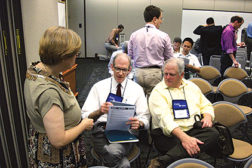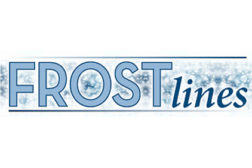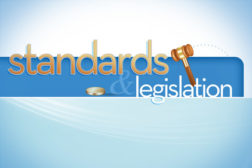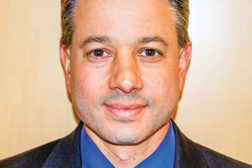Refrigeration
Oct. 24, 2014: Emerson Climate Technologies Launches E360 Initiative
Provides Customers with Resources Necessary to Stay Ahead of Issues Impacting Commercial Refrigeration
October 24, 2014
Oct. 24, 2014: DuPont Introduces New HFO Refrigerants for Commercial Refrigeration
New Refrigerants Offer Low-GWP Alternatives
October 24, 2014
Oct. 23, 2014: SCHOTT Debuts All-Glass Refrigerated Display Case Door System
Door Expands Merchandise Viewing Area, Cuts Energy Consumption over Open Cases
October 23, 2014
Developing Next-gen Refrigerants
It’s Time to Get Involved in the Ongoing Development of New Refrigerants
October 20, 2014
DOE Denies Petition; AHRI Sues Over Rule
With Lawsuit, AHRI Hopes to Mend DOE’s ‘Broken Rulemaking Process’
Read More
Copyright ©2025. All Rights Reserved BNP Media.
Design, CMS, Hosting & Web Development :: ePublishing






